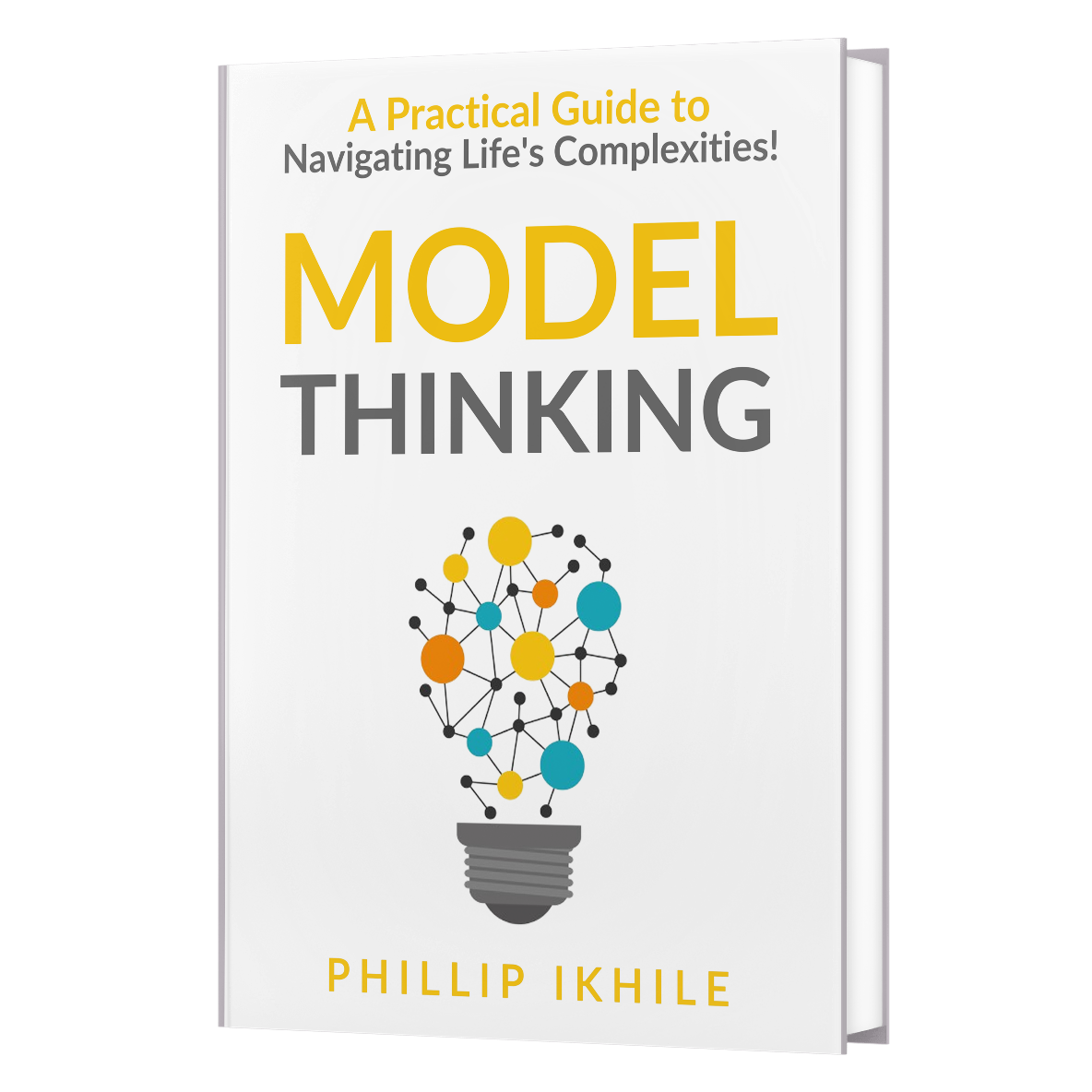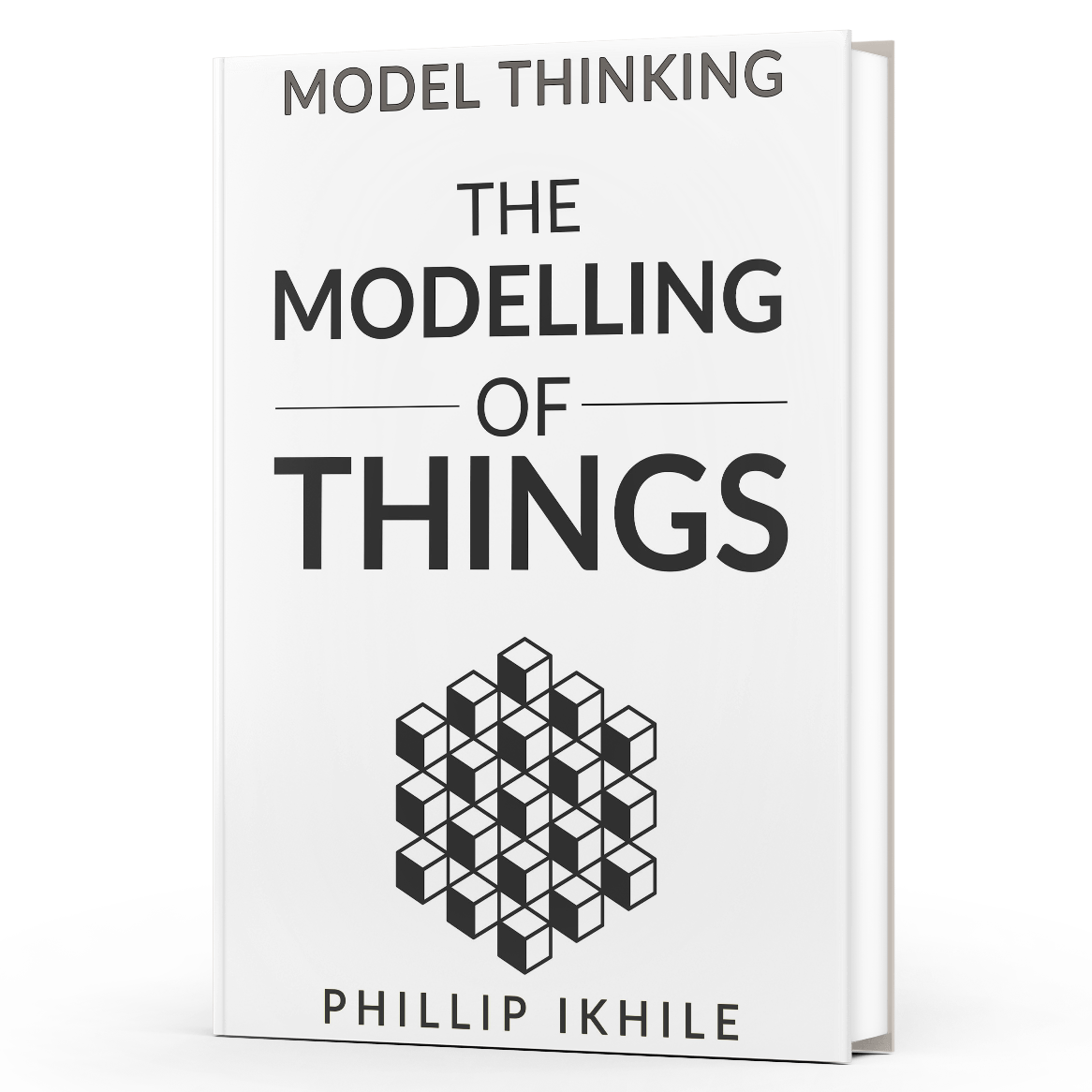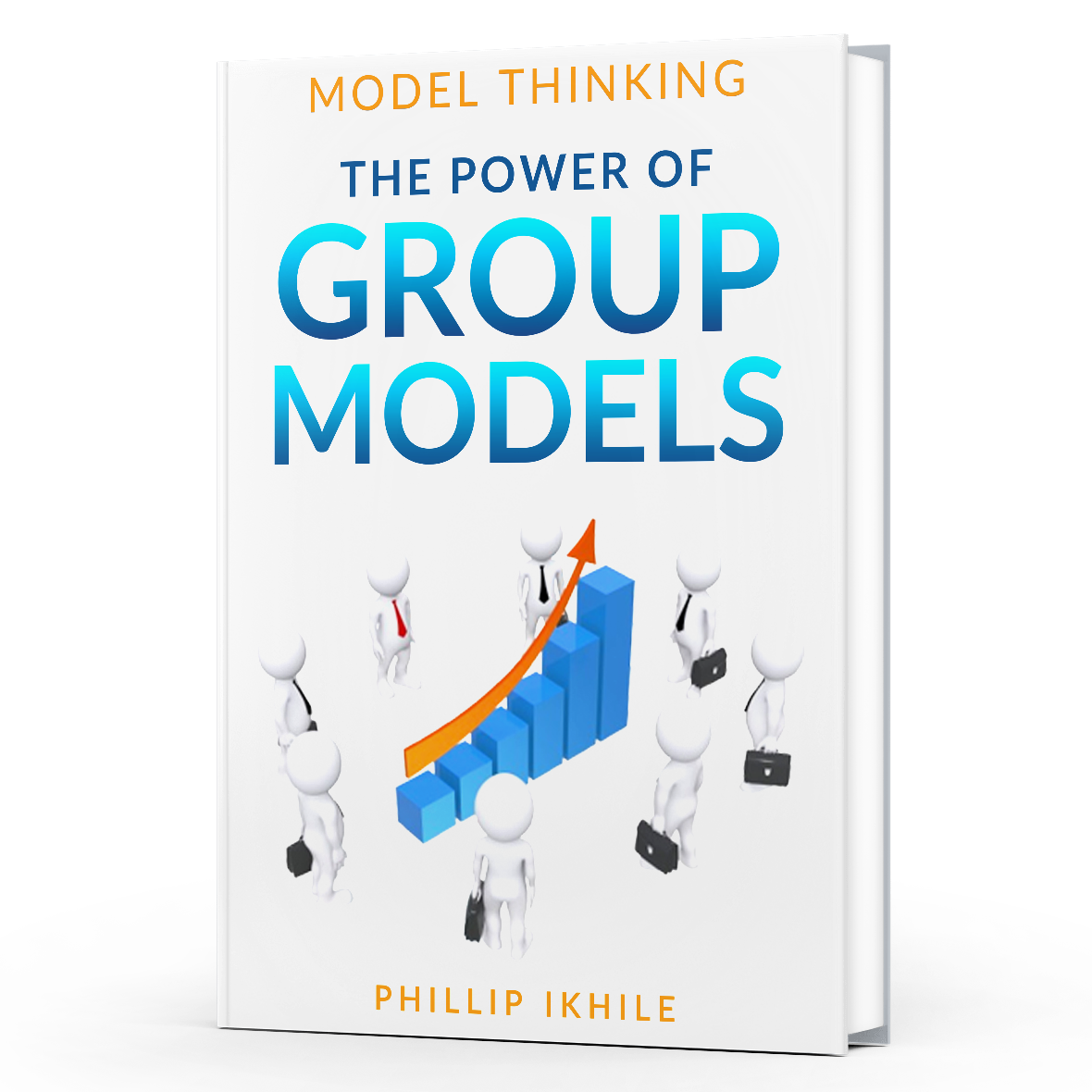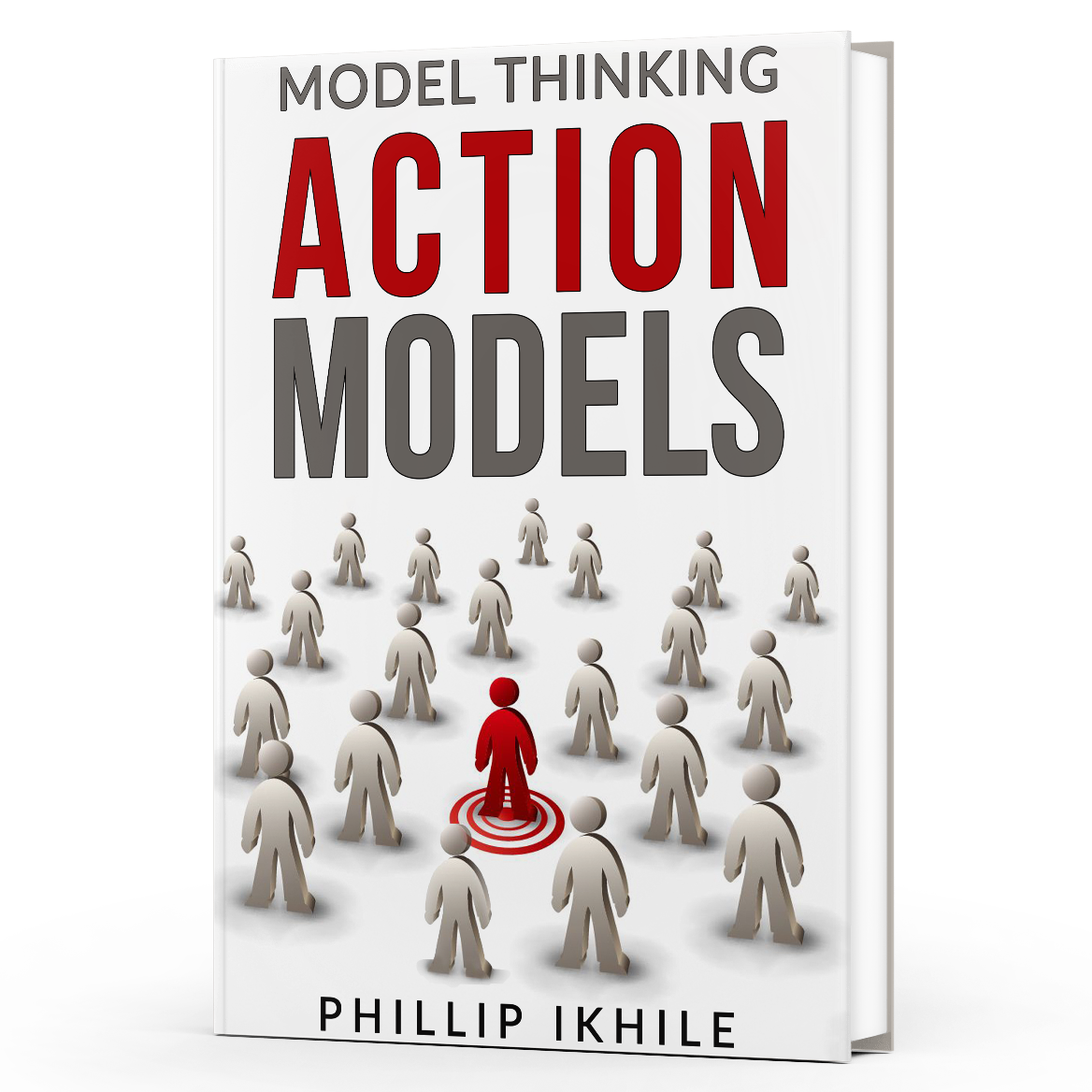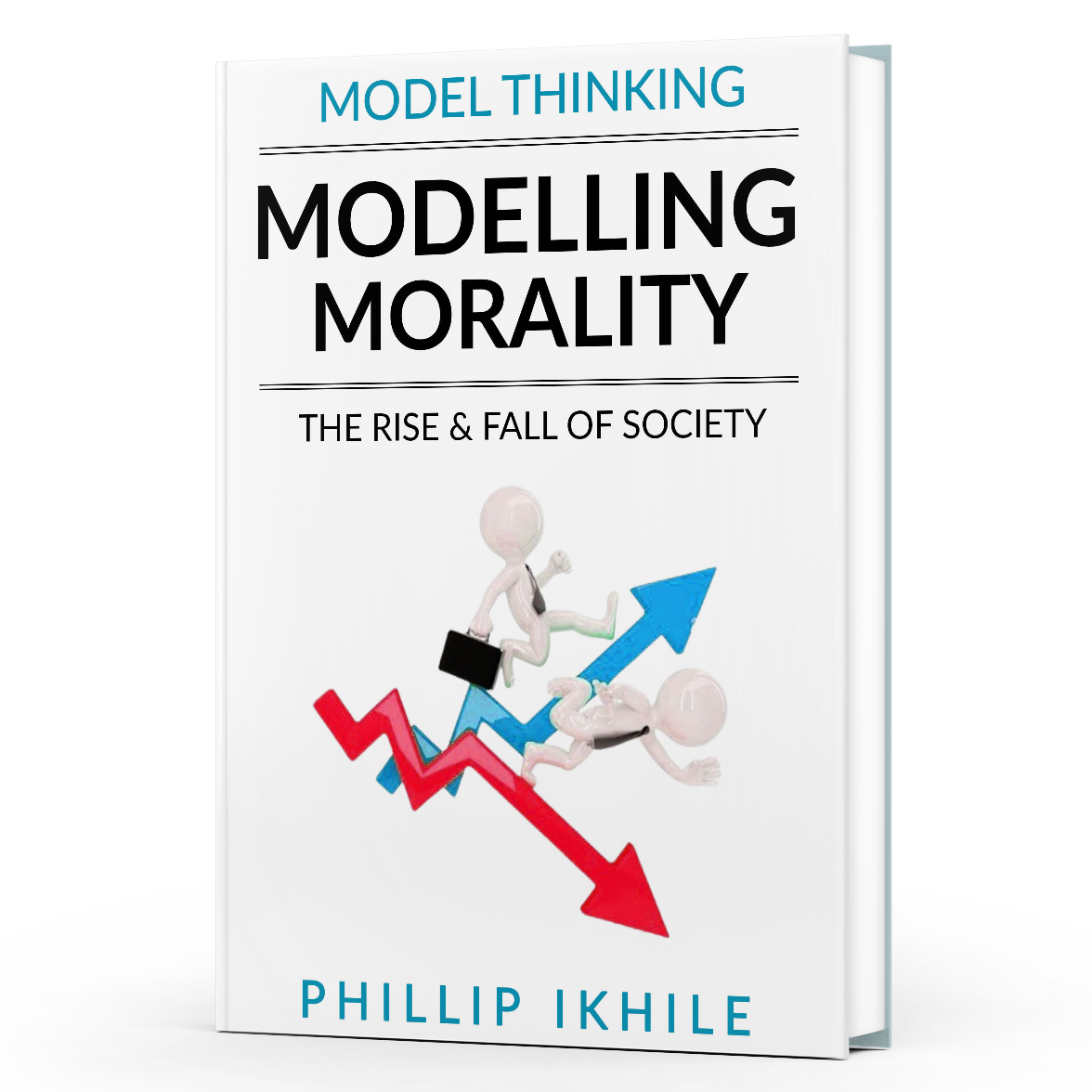Harnessing the Power of Model Thinking for Effective Decision-Making

In an era defined by constant change and uncertainty, the ability to navigate life’s complexities with confidence is more important than ever. Enter model thinking, a powerful approach to decision-making that offers clarity, structure, and insight in an increasingly chaotic world. By embracing this methodology, we empower ourselves to tackle challenges and seize opportunities with newfound vigor.
At its core, model thinking revolves around the fundamental idea that every situation can be understood through the lens of a model. These models serve as simplified representations of reality, allowing us to break down intricate problems into manageable components. Whether we’re facing personal dilemmas, professional challenges, or broader societal issues, models help us to dissect the situation, identify key factors, and explore potential outcomes.
The process begins with understanding our inputs. These are the raw data points we gather from our environment, ranging from our observations and experiences to the information we receive from others. In the context of model thinking, inputs can take many forms—conversations with colleagues, articles we read, or even our own emotions and instincts. The crucial aspect of this stage is to ensure that we collect relevant and high-quality inputs that truly reflect the reality we are trying to understand.
Once we have our inputs, we transition into the processing phase. This is where the magic of model thinking occurs. Here, we analyze and synthesize the information, looking for connections, patterns, and insights. This processing can involve weighing the pros and cons of different options, considering historical contexts, or brainstorming creative solutions. The goal is to filter out the noise and hone in on the elements that will inform our decisions effectively. This phase is not just about thinking logically; it’s about being imaginative and flexible, recognizing that models can evolve as new information emerges.
The beauty of model thinking lies in its applicability across various domains of life. Let’s consider a personal example: imagine you’re planning a vacation. Instead of randomly selecting a destination, you could use model thinking to guide your decision. Your inputs might include factors such as budget, desired activities, and travel restrictions. As you process this information, you might create a list of potential destinations, weighing the advantages and disadvantages of each one. In this way, model thinking helps you arrive at a choice that aligns with your preferences and circumstances.
But model thinking is not limited to personal decisions; it also extends to professional settings. For instance, consider a small business owner contemplating the launch of a new product. The owner would gather inputs like market research, customer feedback, and production costs. By engaging in thoughtful processing, they could evaluate whether the potential benefits outweigh the risks. This structured approach empowers them to make informed decisions that can significantly impact the success of their business.
Moreover, model thinking allows us to explore complex societal issues. When grappling with problems such as climate change or public health crises, we can use models to distill the various factors at play. For example, we might create models to evaluate the effects of policy decisions on environmental sustainability. By simulating different scenarios, we can identify potential solutions and strategies that promote positive outcomes.
One of the key strengths of model thinking is its emphasis on learning from experience. After making a decision and observing the results, we can reflect on our outputs—the actions we took and their consequences. This evaluative process is crucial for refining our models and improving our future decision-making abilities. Were the results aligned with our expectations? What could we have done differently? By asking these questions, we create a feedback loop that enhances our understanding and application of model thinking.
As we delve deeper into the world of model thinking, it’s essential to cultivate a mindset that values curiosity and exploration. Embracing uncertainty and being open to new ideas is vital for effective decision-making. The models we use are not fixed; they can adapt and evolve as we gain new insights and experiences. This adaptability is what allows us to thrive in a world that is constantly changing.
In conclusion, model thinking is a transformative approach that empowers us to navigate life’s complexities with confidence and clarity. By breaking down our experiences into inputs, engaging in thoughtful processing, and evaluating our outputs, we develop a robust framework for making informed decisions. Whether in our personal lives or professional endeavors, the principles of model thinking provide us with the tools we need to tackle challenges, seize opportunities, and chart a course toward success. So, let us embrace the power of model thinking and unlock the potential it holds for enriching our lives.
